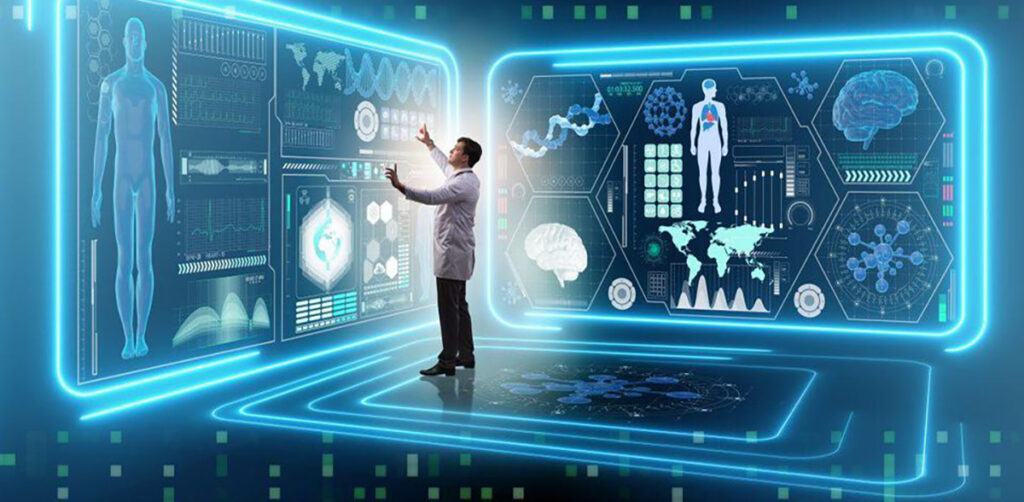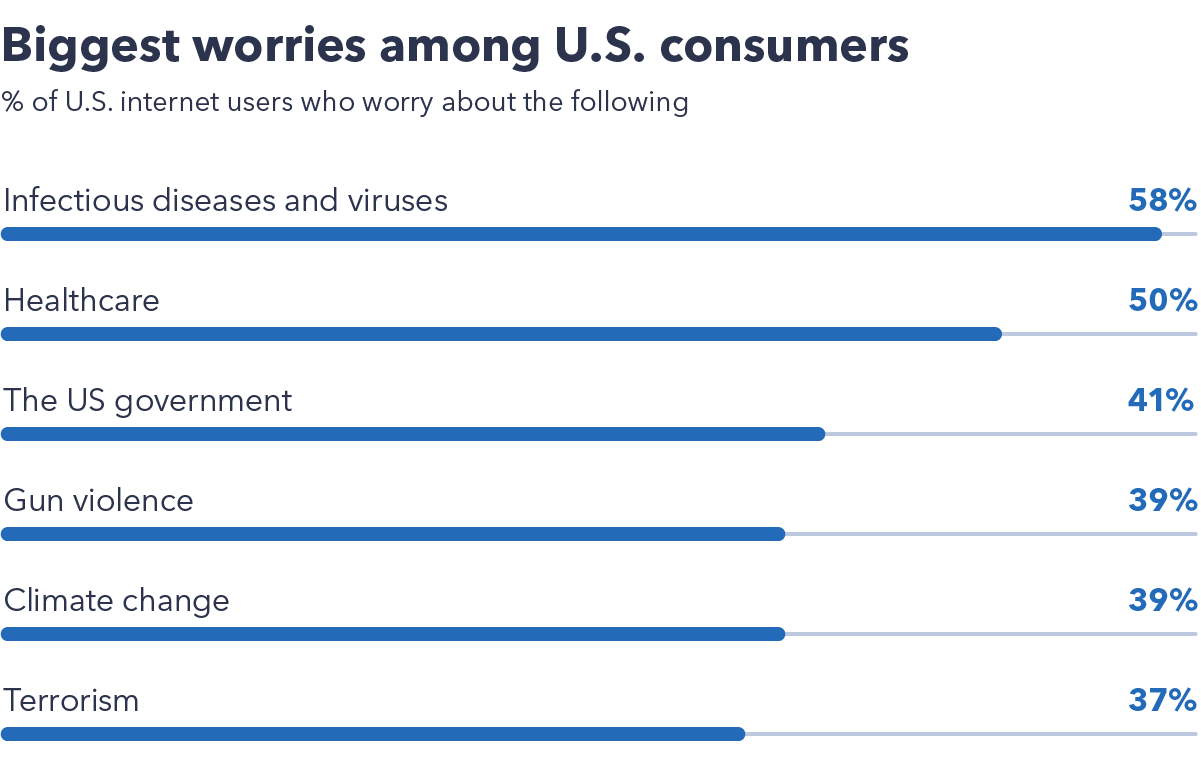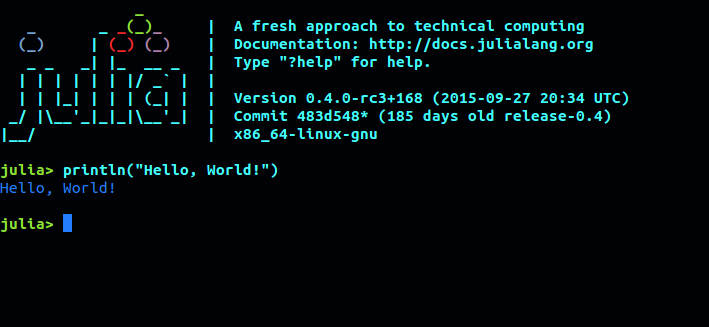Table of Contents
Symptoms can be completely different, but these would be cases when the disease is entirely asymptomatic. Even if specialists have diagnosis problems, diagnostic errors are recognized as the most common and harmful medical errors, since 12 to 18 million Americans face some misdiagnosis.
It is important to note that physician work is usually not a direct cause of diagnostic errors. Research shows that a number of factors are responsible for misdiagnosis, including:
- Inefficient collaboration and integration of health information technologies.
- Gaps in communication among clinicians, patients, and their families.
- A healthcare work system that, by design, does not adequately support the diagnostic process.
This is probably why on the list of worries with terrorism, gun violence, and climate change, health comes first among US consumers.
With the introduction of artificial intelligence (AI) and machine learning (ML), this worrisome situation could change for the better. In this article, we decided to give the most successful examples of machine learning in diagnostics, focusing on its potential and a description of the existing limitation.
AI in disease detection: the current state of things
Deep learning is considered the most promising and widely used machine learning method for radiology, particularly disease detection in general. It is not surprising since diagnostic imaging dominates clinical diagnostics, and image recognition is naturally suited to deep learning algorithms.
But it is too early to say that machines can replace living experts. In most cases, we can see that deep learning is used to support doctors and complement the diagnostic process, but by no means replace human specialists. Below we look at the most promising AI use cases in healthcare and provide examples of ML-based solutions commercially available in the US and Europe.
One of the problems with traditional ML methodologies, such as logistic regression or support vector machine (SVM) methods is the need for the intensity of recruiting people to design features. Deep Learning(DL) approaches solve this problem by adopting an end-to-end learning architecture, using raw patient data as input and correlating it with results across multiple layers of non-linear processing units. This process minim
Breast cancer screening
According to the World Health Organization (WHO), 627,000 women die from breast cancer every year, making it the world’s most disease. For saving lives, many countries have introduced screening programs to detect cancer early.
For example, in the UK, women are screened once every three years, but two experts agree on the examination. Double reading improves accuracy.
AI progress
At the beginning of 2020, Google’s artificial intelligence unit DeepMind presented a deep learning model that should improve the results of the average X-ray examination by 11.5 percent and reduce the workload of the second the doctor in the situation as we described above.
More clinical trials required this area, so research is still ongoing. Today models can act as a second expert to automatically derive a second opinion. They have the potential to fill the growing shortage of trained radiologists.
The real example that is already applied in healthcare is Breast Health Solutions by iCAD (FDA-cleared). The AI suite uses deep learning algorithms to 2D mammography, 3D mammography (digital breast tomosynthesis or DBT), and breast density assessment. It’s ProFound AI technology became the first artificial intelligence solution for 3D mammography approved by the FDA.
Early detection of melanoma
Skin diseases are among the most common causes of disability worldwide, and skin cancer is the most common malignant disease in the world. 99 percent of sick patients recover, provided the benefits are found early. In this situation, AI can play an important role because, like radiologists or dermatologists, it relies on image recognition.
AI results that have been achieved
In 2017, scientists at Stanford University created a convolutional neural network (CNN) model that was trained on 130,000 clinical images of skin pathologies to detect cancer. As a result, the model has demonstrated the same accuracy as dermatologists.
In addition to increasing the speed and accuracy of diagnostics, there is a plan to launch CNN algorithms for non-professional skin examinations on smartphones. It can encourage people to see dermatologists for lesions that might otherwise be ignored.
SkinVision (European digital solution, CE-marked). application designed to analyze photos of suspicious moles or other marks and determine the likelihood of cancer. An artificial intelligence algorithm has been trained to recognize probable signs of illness in 3.5 million images. SkinVision has already contributed to the diagnosis of 40,000 skin cancers. The app is available for iOS and Android all over the world, excluding the USA and Canada. However, this in no way can replace a visit to a dermatologist.
Diagnostics Systems Using Julia Language
Until recent times, the programming languages Python and R were frequently used for machine learning. Julia offers best-in-class support for modern ML platforms such as TensorFlow and MXNet, making it easy to adapt to existing workflows.
Here is one example of projects built in this language.
IBM and Julia Computing Against Diabetic Retinopathy
Diabetic retinopathy is a severe consequence of diabetes caused by high blood sugar levels that damage the retina. Timely screening and diagnosis will help prevent vision loss in millions of diabetics around the world.
Deep Learning in Julia comes to the rescue and helps to significantly reduce the number of people suffering from this ailment. By combining Julia’s superior speed and performance with an IBM Power8 server and NVIDIA Tesla K80 GPU accelerators, the researchers increased their image processing speed by 57x.
They used MXNet.jl, Julia’s deep learning package. As a first step, they load a pre-trained model – an ImageNet model called “Inception” with weights in their 39th epoch. They also indicate a simple classifier.
Diseases associated with the thyroid gland and early diagnosis
Thyroid nodules are small lumps common in the general population, with a prevalence of 67%. The vast majority of thyroid nodules are not cancerous and cause no symptoms. However, the diagnosis is difficult.
Digital medicine participates are in physicians’ work at all stages, from disease prediction and prevention to treatment. In the thyroid gland area, there is also the potential for the application of digital technologies. Recent studies using artificial intelligence (AI) / machine learning (ML) have shown high efficiency in classifying thyroid nodules based on ultrasound (US) images. AI / ML-based methods also showed good diagnostic accuracy for distinguishing between benign and malignant thyroid lesions based on cytopathological data.
A while back our company created a mobile solution Thyroid Volume Tracker. It automatically calculates the volume of the thyroid gland during the ultrasound. The app also detects any deviations from the norm and instantly generates a report. Check our healthcare software solutions here
AI can be very useful in disease prevention, early diagnosis, and treatment of complex diseases. In addition, as the study showed, people have long been ready for new technologies and AI in their treatment.
Conclusion
AI technologies were developed to analyze a variety of health data, including patient data using clinical, behavioral, environmental, and drug data, as well as information from the medical literature.
FAQ
AI has attracted considerable interest in various fields as its usage allows to automate tasks that currently require human intervention. Machine learning (ML) and deep learning (DL) are types of AI. ML enables systems to learn from data at the most basic level. DL is an ML type that uses more complex structures to build models. AI takes general principles about medicine and applies them to patients, so there is a chance to save somebody’s life with its help.









One Response
Informative exploration of deep learning in medical diagnosis. Valuable insights for advancing healthcare technology. Thank you for sharing, Altamira!